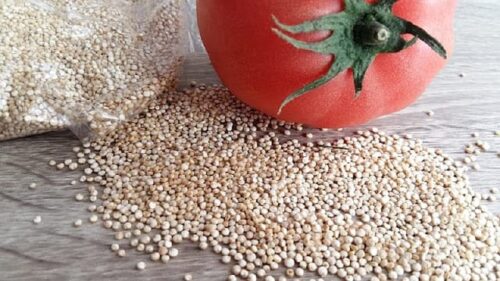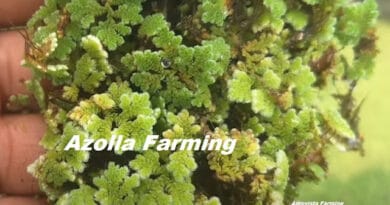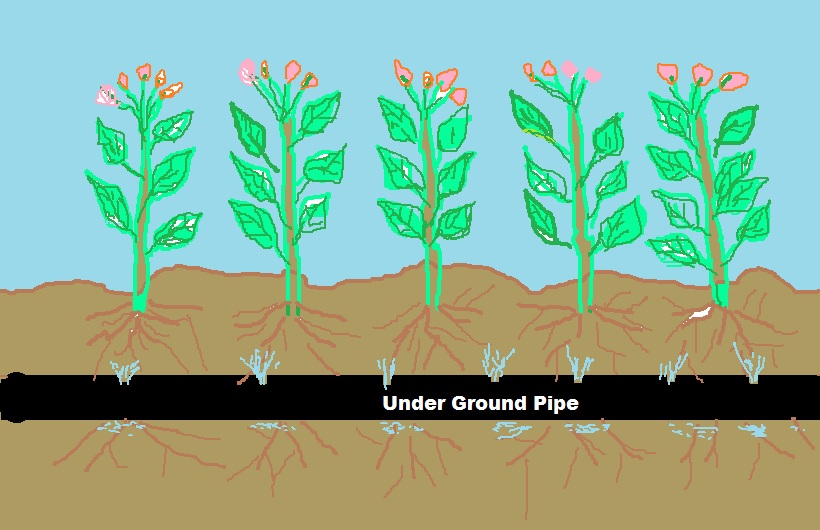Vegetable Seed Conservation for the Home Gardens
Home gardens are a valuable source of vegetables; home gardens have also produced flowers, are a great recreational activity, and may even have some therapeutic benefits. In addition to providing vegetables, home gardens may be crucial for supplemental nutrition and extra revenue.
Importance of home gardens
Many local varieties of bitter gourds, gourds, beans, brinjal, and other vegetables have become less common, and some have even vanished entirely. Therefore, reviving home gardens is also crucial to enhancing local biodiversity.
You can save the vegetable seed from your existing crop for the next season of sowing. Saving involves—
- The best suitable plant from which seeds have to be saved
- Harvesting the seed at the right time
- Storing the seed properly
1) Self-pollinated vegetable plants
Seeds from biennial crops such as carrots or beets are harder to save since the plants need two growing seasons to set seed.
2) Cross-Pollinated Vegetable Plants;
3) Open-pollinated Vegetable Plants ;
Open-pollinated varieties are those that, if properly isolated from other varieties in the same plant species, will produce seeds that are genetically “true to type.” This means that the seed will result in a plant very similar to the parent. Seed from a hybrid variety can be saved but will not be true to type.
4) Hybrid Vegetable Plants;
- Plants grown from a hybrid seed are not identical to the parent’s qualitative and quantitative characteristics.
- They will be a completely new combination of the good and bad characteristics of the plants from the initial cross.
- It is quite impossible to predict just how the seedling plant will perform or what qualities the fruit will have.
Vegetable seed Conservation
Choose only the most vigorous plants with the best-tasting fruit as parents for the next year’s crop. Do not save seed from weak or off-type plants.
Characteristics of a good seed
(i) The seed should be true to type.
(viii) The seed should be as fresh as possible or of proper age.
Seed Conservation in Vegetable Crops
1. Fruit Vegetable
Brinjal.
The fruits are allowed to ripen on the plants. The fully ripe fruits are harvested and kept for some days in cool places. Then the seeds are! separated from the pulp, and they should be dipped into the water. The healthy seed should then be dried in partial shade before storing.
Tomato.
The recommended varieties from which seeds are to be! Extracted are grown at an isolation distance of 25 to 60 meters, depending upon the type of seed to be produced. Fully ripe fruits are harvested from the selected varieties. The seed, along with the pulp is left in a wooden container to ferment for two to three days before extraction. The seed is then extracted by vigorous stirring and washing. The acid and alkali method is now used to avoid handling the fermented material.
The acid method is more common. 100 ml of commercial hydrochloric acid is thoroughly mixed and stirred for every 11 kg of pulp and left for about 30 minutes. The pulp is then again stirred, and the seed is washed.
Chili.
Chilies are cross-pollinated to some extent. Keep an isolation distance of 200 meters between the two varieties. The fully ripe fruits are harvested and dried in the sun for four to five days. The dried fruits are stored in an airtight container. The fruits are removed from them, broken, and then the seeds are extracted before sowing.
2. Root Crops
Radish.
Turnip.
The seed production of carrot and beet is the same as that for radish
3. Bulb Crops
4. Legume Vegetables
5. Cucurbits
6. Green Vegetables
Organic Crop Production Certification Process in India
How to Make Jeevamrit: A Natural Remedy for Sustainable Farming



